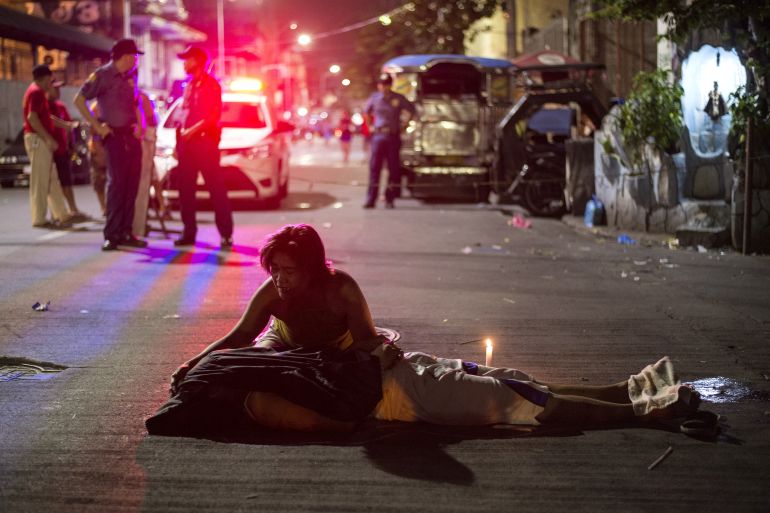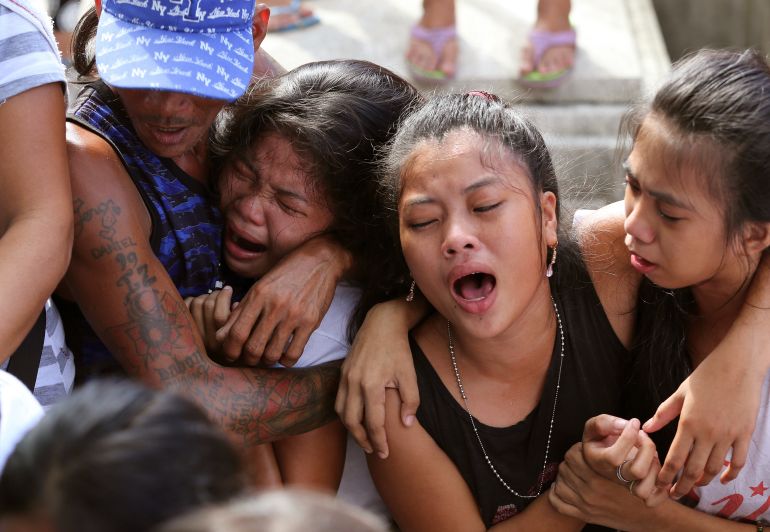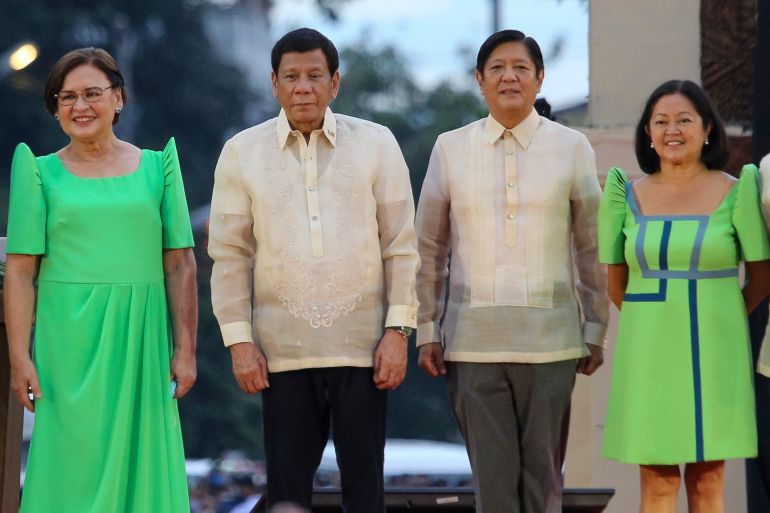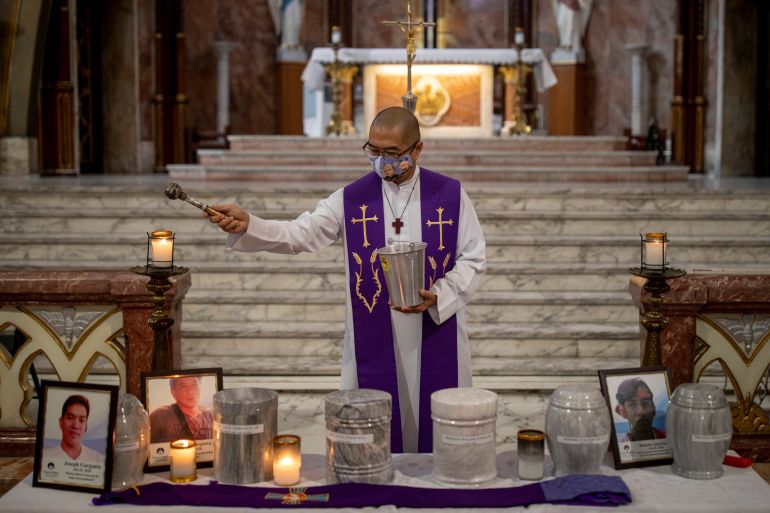FIFA
Infantino re-elected, Women’s World Cup prize money increasedKIGALI: FIFA president Gianni Infantino gestures during a news conference following the 73rd FIFA Congress at the BK Arena on Thursday.—Reuters
KIGALI: Gianni Infantino has been re-elected as president of FIFA until 2027 after standing unopposed at the congress of world football’s governing body on Thursday.
The 52-year-old Swiss lawyer, who succeeded the disgraced Sepp Blatter in 2016, was waved in for a third term by acclamation, just as he was four years ago, by delegates from the 211 member federations.
“To all those who love me, and I know there are so many, and also those who hate me, I know there are a few: I love you all,” Infantino told delegates in the Rwandan capital, where the voting system did not register the number of dissident voices.
While FIFA statutes currently limit a president to a maximum three four-year terms, Infantino has already prepared the ground to stay until 2031, declaring in December that his first three years at the helm did not count as a full term.
Infantino, who staunchly defended Qatar’s hosting of last year’s World Cup as the Gulf state’s treatment of migrant workers, women and the LGBTQ community came under the spotlight, has overseen the expansion of the men’s and women’s World Cups and huge increases in FIFA revenues.
Norwegian Football Federation president Lise Klaveness had said she would not support Infantino and tabled a proposal to discuss at the congress “FIFA’s responsibilities to remedy human rights abuses” in relation to the Qatar World Cup and future tournaments.
The Norwegian and Swedish representatives in Kigali displayed their opposition by not joining the delegates who rose to applaud.
On Wednesday, German FA president Bernd Neuendorf said he would not back Infantino, citing a lack of transparency from FIFA and insufficient explanations of “why certain decisions are made and who was involved in them”.
However, Infantino’s opponents were not able to put forward a candidate to stand against the man who was once Michel Platini’s number two at UEFA.
Infantino himself took aim at media who have criticised him and world football’s governing body, saying: “I don’t understand why some of you are so mean. I don’t get it.
“Today I was re-elected after receiving more than 200 letters of endorsement, and a standing ovation, so an overwhelming majority has the feeling that I am doing a pretty good job, including in Europe,” he added.
His re-election followed a long speech in which he triumphantly listed his achievements, alternating smoothly between English, French, Spanish and German.
That was after he told audience members a visit to the Kigali Genocide Memorial, which commemorates the 1994 Rwandan genocide, had inspired him to persist during his first campaign for election in 2016.
“What this country has suffered, how this country came back up, is inspiring to the entire world, so I certainly couldn’t give up,” he said.
“There is a lot to be looking forward to,” Infantino added as he turned thoughts to the next four years and declared the 2026 World Cup, the first edition to feature 48 teams, will be “the most inclusive ever”.
FIFA earlier announced that the tournament in North America will feature 104 matches, a huge increase from 64 at the 2022 World Cup, as it will start with 12 groups of four teams.
The upcoming Women’s World Cup in Australia and New Zealand this year will be the first to feature 32 teams, up from 24 at the last edition.
It will also see overall prize money for participating teams increased to $150 million, up sharply from $50 million in 2019 and a huge rise on the $15 million in 2015.
Infantino is also planning to introduce a new, expanded Club World Cup to be played every four years starting in 2025 and featuring 32 teams.
“We need more, not fewer, competitions worldwide,” he told delegates.
Infantino has also announced projected income of $11 billion in the four years to 2026, compared to $7.5 billion over the last four years.
But he said that figure did not include revenues generated by the Club World Cup, suggesting the final amount will be even greater.
Those improved financial results allow FIFA to keep on increasing the amount of money it provides in subsidies to federations, in turn helping ensure many of them will continue to back Infantino.
In order to make football “truly global”, as Infantino says, at a time when leading European clubs are able to hoard talent and wealth, FIFA distributes money evenly.
That means the likes of Trinidad and Tobago and Papua New Guinea receive the same amount as Brazil, and each has one vote at the congress
VISIT SAUDI NOT TO SPONSOR WOMEN’S WORLD CUP
Visit Saudi will not be a sponsor at the women’s World Cup in Australia and New Zealand later this year, but Infantino has not ruled out future commercial opportunities for gulf nation in women’s football.
The Saudi Arabia tourism board had been touted as a potential sponsor of the expanded 32-team tournament, which drew sharp criticism from a number of quarters, though Infantino says it is all a “storm in a tea cup”.
The greatest ire came from Football Australia (FA), who said there was an “overwhelming consensus that this partnership does not align with our collective vision for the tournament and falls short of our expectations”.
“There were discussions with Visit Saudi, but in the end these did not lead to a contract. So it was a storm in a tea cup,” Infantino said at FIFAs Congress in Kigali on Thursday.
“But having said that, FIFA is an organisation made up of 211 countries. There is nothing wrong with taking sponsorships from Saudi Arabia, China, United States of America, Brazil or India.”
Published in Dawn, March 17th, 2023








:quality(70):focal(2020x655:2030x665)/cloudfront-eu-central-1.images.arcpublishing.com/thenational/EFWH6DBRMKAVPY6ZDCCZ6TCRRA.jpg)





